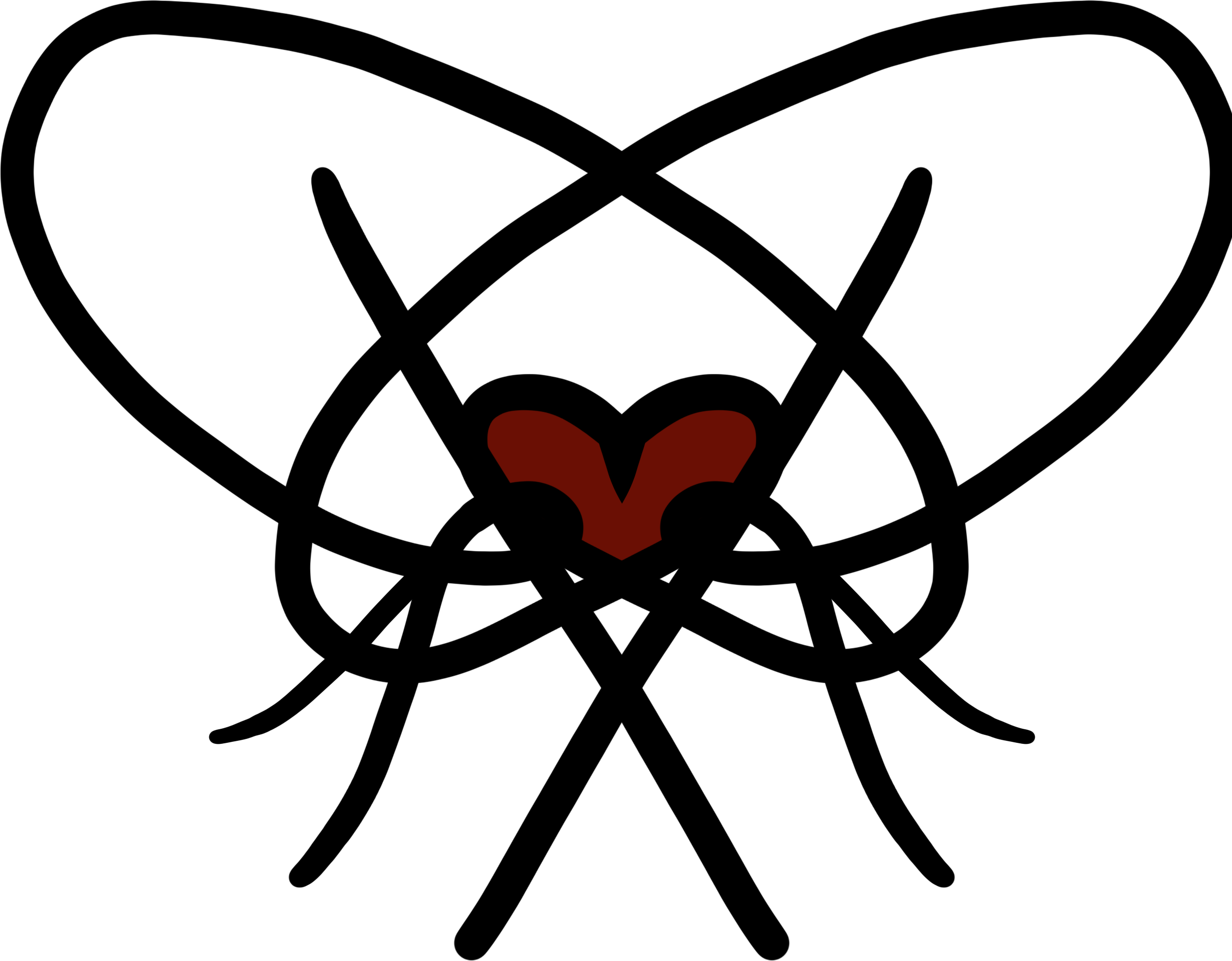What is my ambition?
My ambition is to improve my 3D skills, in Maya, through the intake assignment of BUAS.
I want to make a game ready model in Maya with a texture preferred on the program Substance Paint.
How I'm gonna do that is by using the intake of BUAS.
I have to make a harpsichord in 3D.
Game ready model






Wireframe






Textured highpoly model






Wireframe






Highpoly model






Wireframe






Milestone 1: What are you gonna do?
Step 1: You are going to formulate your ambition
I want to be accepted at the Buas, Visual Arts, for the school year 2022/2023.
Step 2: You will set learning goals for yourself
To be accepted at the Buas I have to do an intake.
This intake consists of an assignment in which you have to photograph, sketch and then model an instrument that you can see or touch every day.
My learning goals are:
1. Control Maya so far that I can make a decent game ready model.
2. Making a texture on a program like Substance Painter if that doesn't work I do it on Photoshop.
3. Using different materials for sketches, preferably charcoal and watercolor.
Step 3: You will formulate an assignment for yourself in which you can work on your learning goals
I'm going to make photos.
Soon I will be going back to the harpsichord to take more photos and quick sketches on paper.
When there are about 5 sketches with different materials and perspectives I will put it on Photoshop and make 4 perspectives.
When they are finished I'll make the model.
Step 4: You are going to make a mood- and style board (and show in what quality you want to deliver your project)


Board one: Moodboard
Board two: Styleboard
Milestone 2: Concept-fase
Step 1: Show your research
I made pictures and video's of the harpsichord.
These pictures and video's were specifically for the size, details, general vorms, materials and sounds this instrument made.
A harpsichord is made out of wood and gets coloured in bright colours.
The strings and pins are made out of metal.
Perspectives





Reference pictures (details & forms)



























For extra details I made a quick video of everything.
I took the size of every single detail this instrument has.





































The woman, that has this harpsichord, knows a lot about instruments.
She gave me a book about the history of piano's and showed me how to tune the harpsichord and what tools she uses for it.
A Harpsichord is a stringed instrument.
It has several pins on the inside, these are used to tune the strings.
You tune this instrument by tighten the pins or make them looser instead.




Here she explains about the tuning of the harpsichord.
The strings are attached to the pins.
How harder you tighten them how harder the sound, how looser you screw them how softer the sound.
Around the pins are pieces of felt, these are there to know which string is an A and which one a C.
Just like a piano or a guitar, a arpsichort can make different sounds.
You do that by placing the pins sticking out in the front in different positions.
The inside mechanism is impressive, there are long white pins (around 10 cm long) with a miniscule hook that touch the strings.
When this hook touches the strings you get a sound, just like fingers on a guitar.
To keep the pins on their place and down, there is a piece of wood that you can put on and take off.
This video is made to make you hear the harpsichord sound.
Personally I really like it.
It feels like you get send back into the Baroque period, where this instrument comes from.
Another nice thing is that it gives me Efteling vibes, a Dutch theme park that is based on old bedtime stories.
This is how the harpsichord sounds before it gets tuned:
This is how the harpsichord sounds after it gets tuned:
Did you know:
That if a harpsichort sounded really good it got painted from not only the outside but also the inside?
The harpsichord is an ancestor of the piano?
You learned to play the harpsichord by sitting with your legs on the right side of your body?
When a noble person came over you always had to sit with your body towards them, so if you played the harpsichord you put your legs toward the noble and with your upper body towards the instrument itself. It was a crooked and uncomfortable position.
There are harpsichord with two keyboards?
Step 2: Show your boards
In milestone 1 you can find my mood- and styleboards.
I have a nice example of a game ready model.
Step 3: Show in your boards what kind of qualities you want to optain
I would like to optain the high poly game ready model look.
Step 4: Visualise your concept in a blockout, prototype, concept-art, studies, etc.
I made a lot of sketches with different materials.
















After my research I started to make a quick block-out in Maya.




Milestone 3: Production Phase
Planning:
1. Make the keys
2. Unwrap keys
3. Copy unwraped keys
4. Unwrap complete model
5. Texture it
6. Copy textured model and make model game ready
Step 1: Make the keys
This project is made in 3D Maya, it's a real challange since I'm used to 3D Max.
Perhabs I clicked on a wrong button so the model became round and I didn't know how fix it.



Luckly the duplicated file didn't have this problem.
I made, and unwraped the tiles.


Step 2: Unwrap the keys




Step 3: Copy unwraped keys
I went further on the Harpishord and saw there was a problem with the tiles...
They were to small!



So with this problem I tried to make the harpsichord smaller in the width...
It looked very wrong!






I went to the teacher.
At first the tiles were to close to eachother so I put some space in between them and it still was too small.
Eventually with a lot of help of the teacher, we managed to get the Harpishord smaller and also remade the measurments that were wrong.
Now it looks like this:








Step 4: Unwrap complete model
I started with the base.



Than the key cover.




Bit by bit everything was unwraped and this is the model with checker.







Wire frames




Step 5: Texture it
These are the black keys on the sides.


I made 3 different textures for the black keys.



Also for the white tiles 3 different textures.



Harpsichord




Colour notes for texturing:
Black Tiles
Shadow 1: 331600
Shadow 2: 000000
Brush: Super Soft
Mask: Hard light
Shadow 1: 331600
Shadow 2: 000000
Brush: Super Soft
Mask: Hard light
White Tiles
Shadow 1: 282828
Shadow 2: 000000
Brush: Super Soft
Mask: Hard light
Finger prints: Hue/Saturation +60
Shadow 1: 282828
Shadow 2: 000000
Brush: Super Soft
Mask: Hard light
Finger prints: Hue/Saturation +60
Colour for dark green wood: 275836
Mask: Hard light
Shadow 1: 184322
Shadow 2: 000000
Brush: Super Soft
Mask: Hard light
Mask: Hard light
Shadow 1: 184322
Shadow 2: 000000
Brush: Super Soft
Mask: Hard light
Colour for light green wood: c2ddba
Mask: Hard light
Shadow 1: 46623d
Shadow 2: 203819
Brush: Super Soft
Mask: Hard light
Mask: Hard light
Shadow 1: 46623d
Shadow 2: 203819
Brush: Super Soft
Mask: Hard light
Wood
Mask: Hard light
Shadow 1: 6c3b1a
Shadow 2: 2b1100
Brush: Super Soft
Mask: Hard light
Mask: Hard light
Shadow 1: 6c3b1a
Shadow 2: 2b1100
Brush: Super Soft
Mask: Hard light
Metal
Mask: Hard light
Shadow: 000000
Brush: Super Soft
Mask: Hard light
Mask: Hard light
Shadow: 000000
Brush: Super Soft
Mask: Hard light
Gold
Mask: Hard light
Shadow 1: 5e420d
Shadow 2: 2d1e01
Brush: Super Soft
Mask: Hard light
Mask: Hard light
Shadow 1: 5e420d
Shadow 2: 2d1e01
Brush: Super Soft
Mask: Hard light
Normal maps & Specular maps
Black tiles










White tiles






Harpsichord base


Key cover


Book holder


Cover


Step 6: Copy textured model and make model game ready
It took me a while and some help to manage to make the model game ready.
Actually it was a simple step, even a button.
Numbers of vertex before and after.


It's a lot.
Final result





Wireframe




